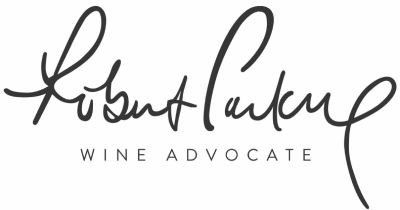Bollinger Champagne House
History
In 1829, the Bollinger champagne House was founded in Ay. It later became associated with the James Bond films.
Since then, it has been producing outstanding champagnes, distinguished by their elegance. Its unique character has been impressing the Court of England, and House has been awarded the Royal Warrant since 1884.
The vineyard covers more than 165 hectares, most of which are classified as Grand or Premier cru. This variety of Pinot Noir is the flagship of the Bollinger style and has an intense and unique characteristic and flavour.
Today, House has a collection of over 700,000 reserve magnums. Having a wide palette of aromas, the blends have a continuity of style. The best crus are vinified in small, aged casks to guarantee high quality and are matured for twice as long as the appellation requirements. This is because developing character takes time and this allows House to create far superior wines.
Technology
Vieilles Vignes Francaises is now one of Champagne’s most exotic bottles.
Made from pre-phylloxera Pinot Noir vines, Bollinger uses neutral oak barrels for ageing its top wines. However, before the wine reaches the barrel, a lot of work is done first.
Bollinger’s Cellar Master monitors the wines from each cru and each plot, getting a feel of their specific characteristics. Next, he selects the best wines for vinification in oak casks. The micro-oxygenation process delicately reveals the wines’ complexity and gives them a capacity for ageing. Then it’s time to blend and create their art.
The reserve wines are aged in magnum, rather than in tank, which has been the prevailing tradition in the region for some time. In fact, some Bollinger casks are nearly 100 years old. For a barrel to be preserved for this long, it requires constant maintenance and care, which naturally Bollinger excels at.





